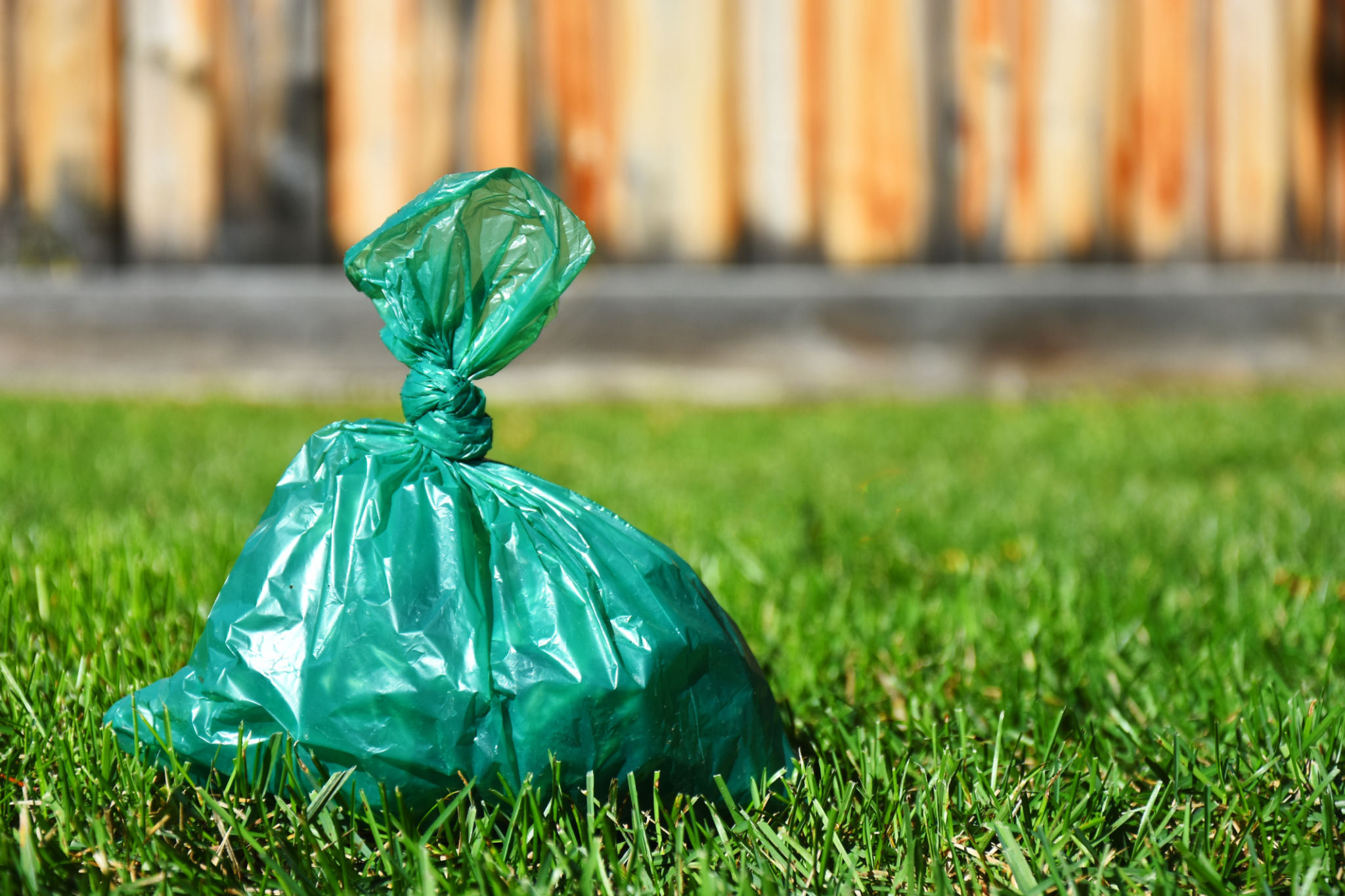Common Myths About Pet Waste Disposal Debunked
Understanding the Importance of Proper Pet Waste Disposal
Pet waste disposal might seem straightforward, but it's often surrounded by misconceptions. Many pet owners underestimate the impact improper disposal can have on the environment and health. Understanding the truth behind these myths is crucial for responsible pet ownership and maintaining a cleaner community.
One common myth is that pet waste is natural and harmless, much like fertilizer. However, pet waste is significantly different from manure used in agriculture. Pet feces contain harmful bacteria and parasites that can contaminate soil and water sources. Proper disposal is essential to prevent environmental pollution and protect public health.

Myth: Pet Waste Biodegrades Quickly
A prevalent belief is that pet waste biodegrades quickly, eliminating the need for proper disposal. In reality, pet waste can take up to a year to break down, depending on environmental conditions. During this time, it can leach harmful nutrients and pathogens into the ground and nearby water bodies, posing risks to ecosystems and human health.
Moreover, unlike plant-based waste, pet waste introduces dangerous bacteria such as E. coli and salmonella into the environment. This further highlights the importance of timely and appropriate disposal methods to mitigate potential hazards.
Safe Disposal Methods
To dispose of pet waste safely, consider using designated pet waste stations with bags and trash bins. Composting is an option for some but requires specific conditions to ensure safety. Always check local regulations, as many municipalities provide guidelines or services for pet waste management.

Myth: Flushing Pet Waste is Safe
Another misconception is that flushing pet waste down the toilet is an environmentally friendly disposal method. While this might seem convenient, most municipal water treatment facilities are not equipped to handle pet waste pathogens effectively. Flushing can lead to plumbing issues and contribute to water contamination.
Instead of flushing, bagging pet waste and disposing of it in the trash is a more effective approach. This prevents the risk of contaminating water supplies and ensures pathogens are contained.

The Role of Pet Waste in Community Health
Proper pet waste disposal plays a crucial role in maintaining community health. Accumulated waste in public areas can attract pests and lead to outbreaks of diseases such as giardiasis. By debunking myths and promoting responsible disposal practices, communities can reduce these risks significantly.
Individuals can contribute positively by educating others about the importance of responsible pet waste management. Small actions, like picking up after pets during walks, can collectively make a significant impact on community well-being.
Conclusion: Embracing Responsible Practices
Debunking myths about pet waste disposal is essential for fostering a cleaner environment and healthier communities. By understanding the facts and following best practices, pet owners can contribute to sustainability and public health. Remember, responsible pet waste management is a shared responsibility that benefits everyone.

